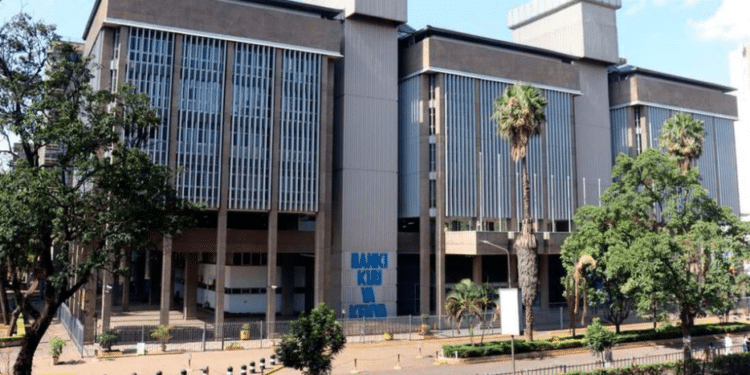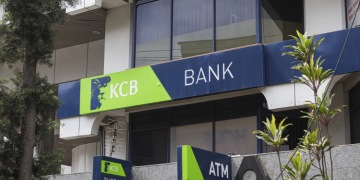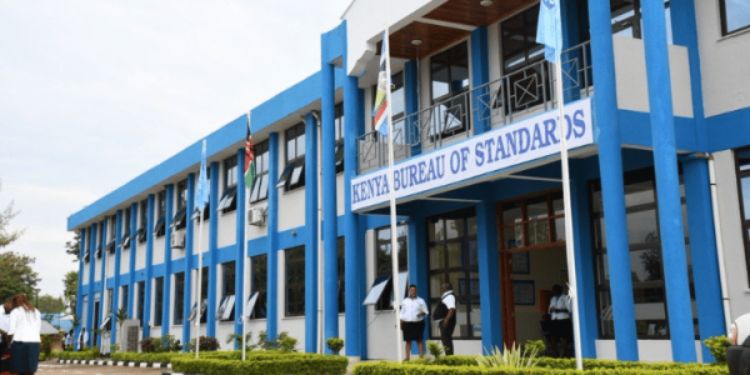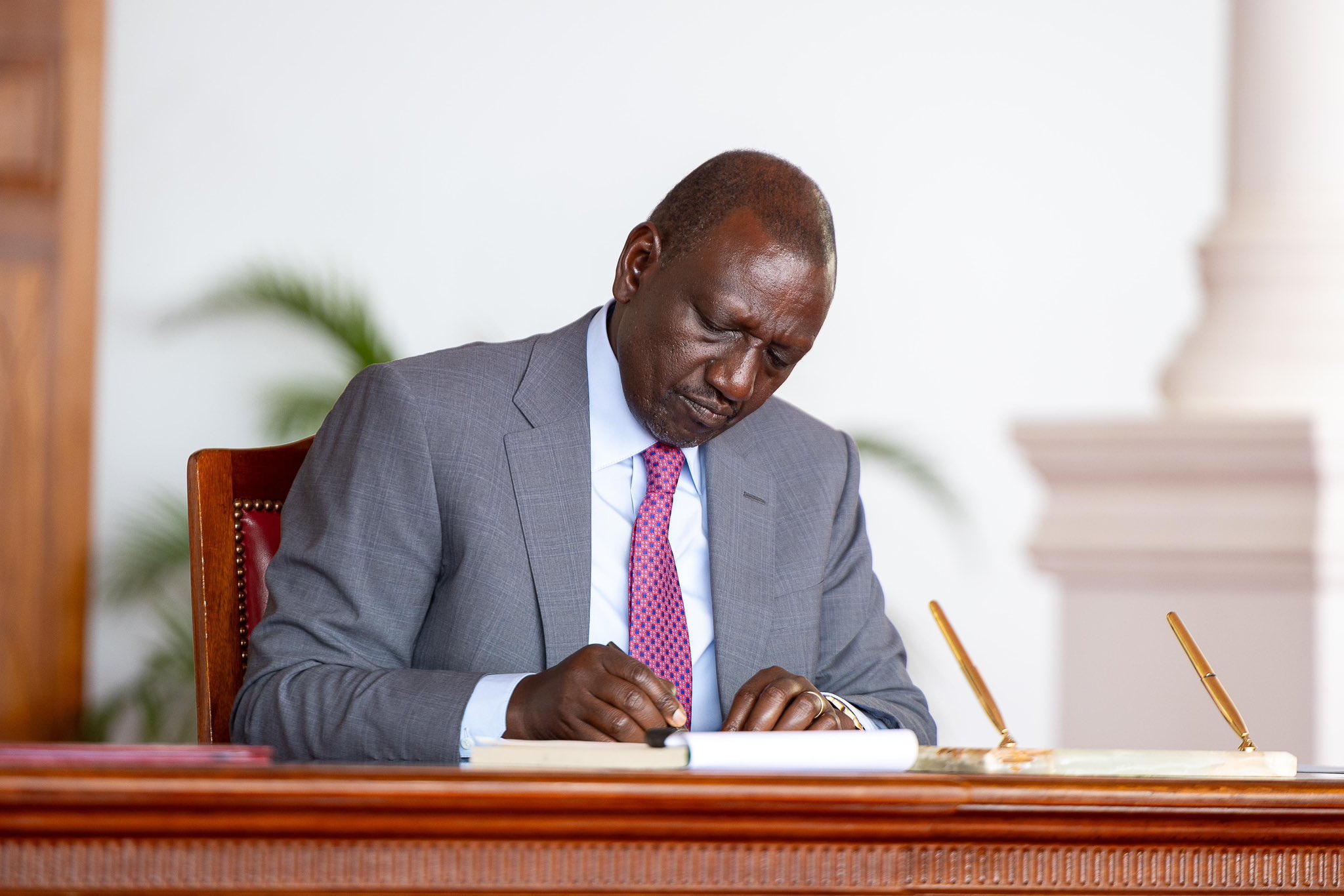Absa Bank Kenya has announced that, in line with the revised Risk-Based Credit Pricing Model (RBCPM) by the Central Bank of Kenya, they’re transitioning to the new lending framework.
The lender has directed that all new local-currency variable-rate loan facilities processed from December 1, 2025, will be priced under the revised model. This, according to the bank, comprises a common reference rate, which is the Central Bank Rate (CBR) plus a Premium, which will be a customer-specific premium.
The CBR will be set by the CBK Monetary Policy Committee, while the customer-specific premium will be determined by the customer’s risk profile and other customer-related factors.
CBK’s New Pricing Model for Bank Loans
The Central Bank of Kenya (CBK) introduced the Revised Risk-Based Credit Pricing Model (RBCPM) in August 2025, following public consultations launched in April 2025.
The model targets to enhance transparency in loan pricing, improve the transmission of monetary policy to lending rates, and ensure fairer, risk-sensitive costs for borrowers.
This replaces the previous reliance on the Central Bank Rate (CBR), the primary benchmark for variable-rate loans, in favor of a more market-friendly approach.
What CBK Wants Banks to Adopt
- All variable-rate loans in Kenyan Shillings (KES) must now be priced using the Kenya Shilling Overnight Interbank Average Rate (KESONIA) as the base, which reflects actual overnight interbank lending transactions, making it a more dynamic and transparent indicator than the CBR.
- Banks will now be expected to use a pricing formula in which the lending rate is proportional to the overnight average rate plus the customer premium.
- The CBK wants banks to implement the new directives starting December 1, 2025, for all new variable-rate loans, and for existing variable-rate loans to transition by February 28, 2025.
- Banks will be required to publish the average lending rates and fees for each product on their websites and the CBK’s Total Cost of Credit (TCC)portal, to ensure that borrowers can compare costs across institutions
Also Read: Absa Bank Kenya Poaches Anne Nyongesa from KCB
Kenya Bankers Association (KBA) Resistance to the new CBK Model
The KBA, the body that represents commercial banks, opposed CBK’s April 2025 proposal, calling it a different way to reintroduce interest rates that could harm credit access.
However, after the incorporation of KESONIA and the removal of regulatory caps on customer premium (K), the KBA endorsed the final model in September 2025.
The KBA Chairman, Paul Russo, who is also the KCB Group CEO, praised the KESONIA-based model in September 2025 for balancing transparency with flexibility.
The Monetary Policy Committee (MPC) last met on October 7, 2025, lowering the CBR to 9.25% from 10.00%, marking the third consecutive cut in 2025 aimed at easing inflation. The next review is expected in December 2025.
Absa Bank Kenya’s Current Loan Rates
Absa’s rates vary by product as reported through the TCC portal.
Home loans are charged at 15.93% and terms up to 25 years, with mortgages payable in 1 to 5 years charged at 15.93% as a short-term option. Personal loans are charged at 17.39% based on affordability, with no collateral required. Asset financing lies between the rates of 15.82 to 18.25%, varying by term and with up to 100% financing for vehicles.
This is due to CBR cuts and the adoption of RBCPM.
Also Read: Court Rejects Absa Bank’s Bid to Reopen Case on Ksh 4.4M Withdrawal from Customer Account
Absa has also stated that for existing loan facilities, the variable rate loans with offer letters that were offered before December 1, 2025, will not be affected by the new rates but will continue under the current terms and conditions, and will be subject to transition to the revised framework by February 28, 2026.
The bank has pledged transparency and continued commitment to its operations, supporting customers in achieving their growth ambitions and writing their success stories through responsible lending.
“In line with our commitment to transparency and treating customers fairly, all applicable fees, charges, and the total cost of credit will continue to be fully disclosed to customers.”
The implementation aims to enhance borrower transparency and tie costs directly to changes in monetary policy.
Follow our WhatsApp Channel and X Account for real-time news updates.










































































